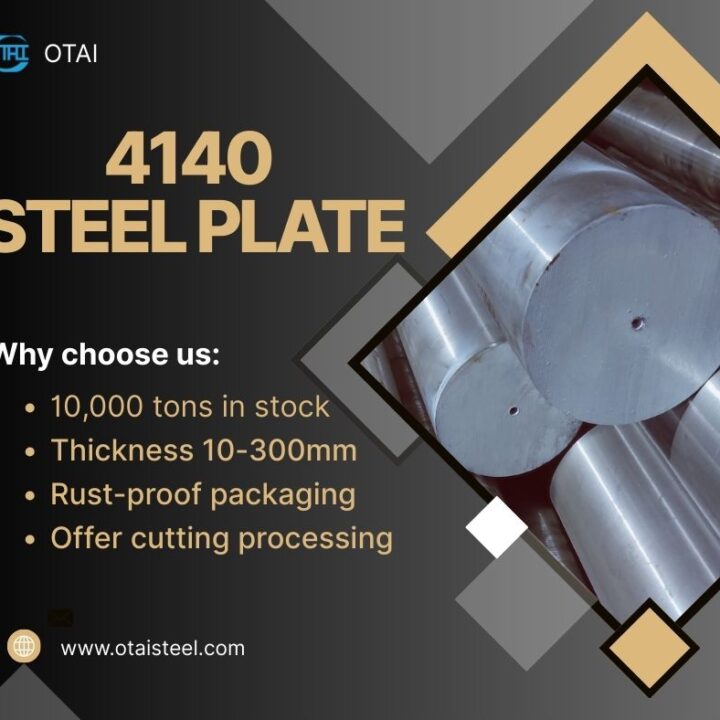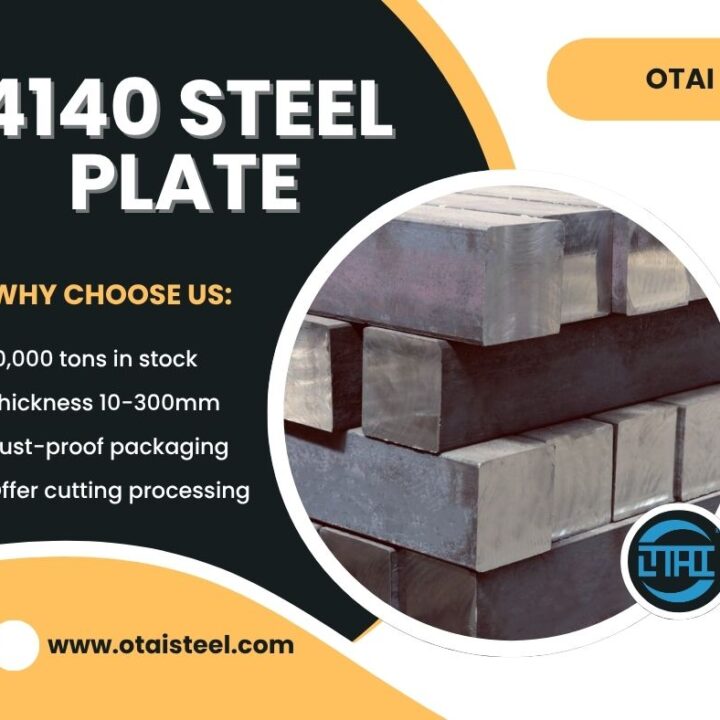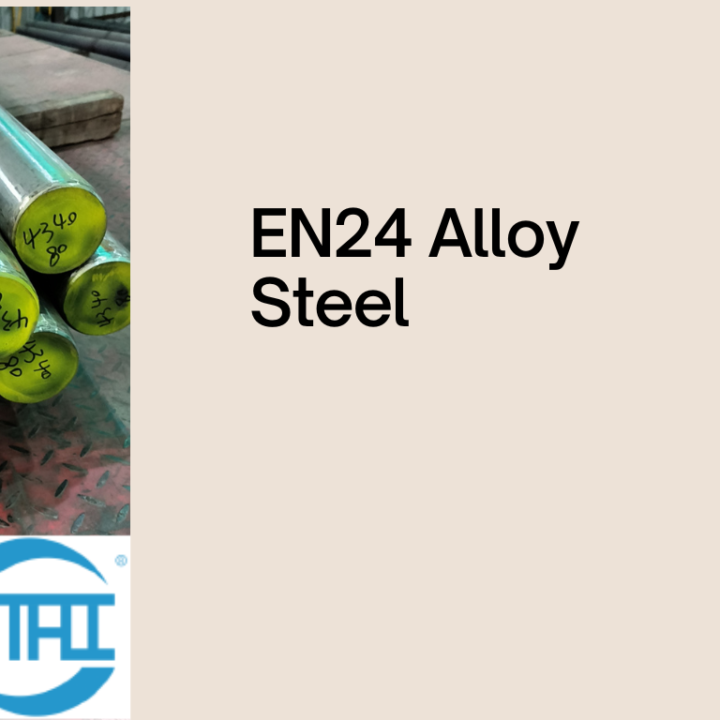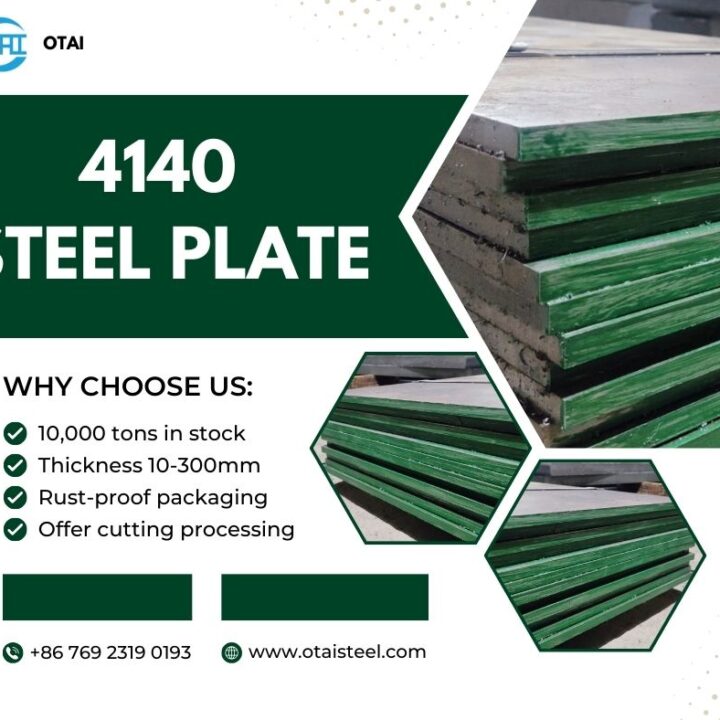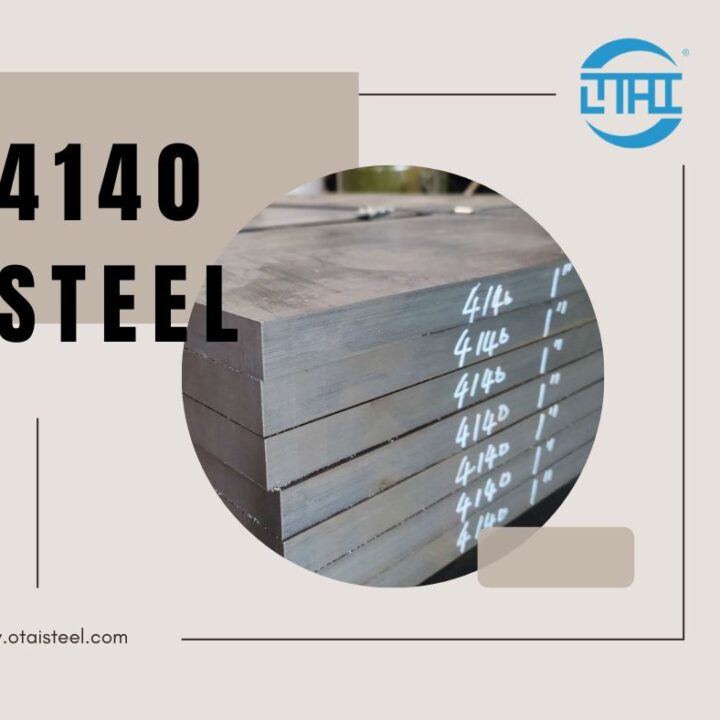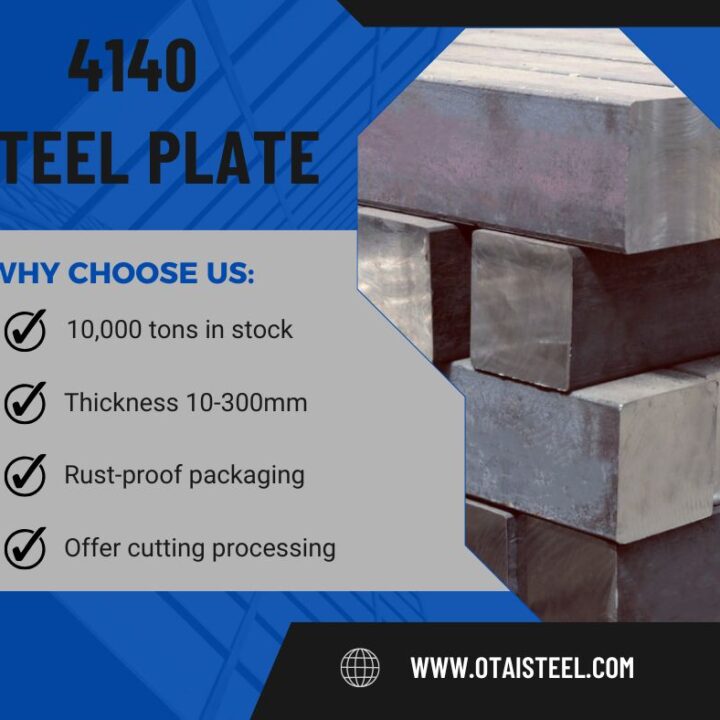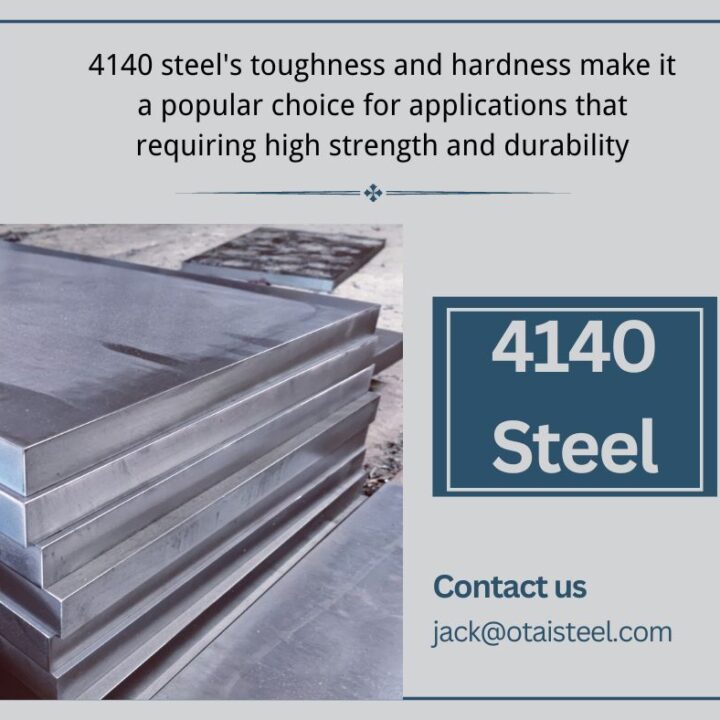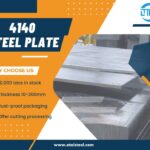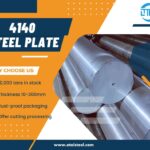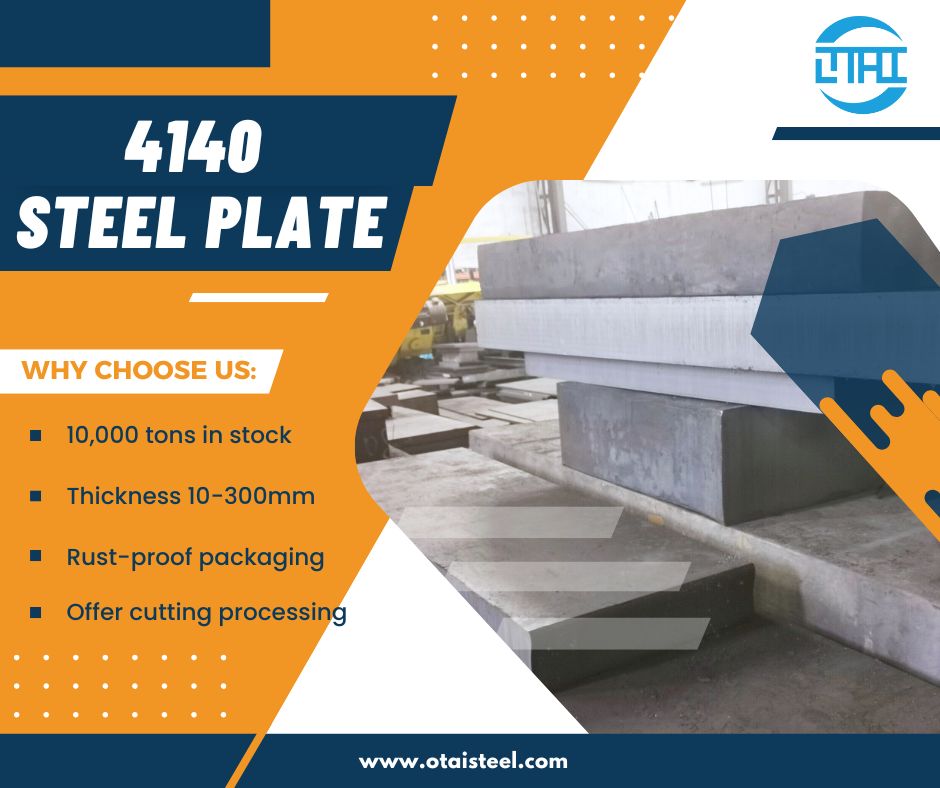 4140 Steel Specifications: What You Really Need to Know About This Alloy
4140 Steel Specifications: What You Really Need to Know About This Alloy
When it comes to tough, versatile alloy steels, 4140 steel specifications are among the most researched by engineers, machinists, and procurement teams alike. But what exactly do these specs include? Why do they matter so much for your projects?
In this guide, we break down the most essential details you need to know—no fluff, just solid facts, technical insights, and practical advice for choosing, using, and sourcing 4140 steel. 💪
📋 What Is 4140 Steel?
4140 is a chromium-molybdenum alloy steel under the AISI (American Iron and Steel Institute) designation system. Known for its excellent strength, toughness, and wear resistance, it’s a go-to material in automotive, oil & gas, die-making, and heavy machinery industries.
🧪 Chemical Composition of 4140 Steel
Let’s begin with the basics. Here’s the AISI 4140 steel chemical composition per standard specification:
| Element | Content (%) |
|---|---|
| Carbon (C) | 0.38 – 0.43 |
| Manganese (Mn) | 0.75 – 1.00 |
| Chromium (Cr) | 0.80 – 1.10 |
| Molybdenum (Mo) | 0.15 – 0.25 |
| Silicon (Si) | 0.15 – 0.35 |
| Phosphorus (P) | ≤ 0.035 |
| Sulfur (S) | ≤ 0.040 |
This balanced composition offers the perfect foundation for excellent toughness, hardenability, and resistance to fatigue.
📈 Mechanical Specifications of 4140 Steel
The mechanical specifications of 4140 steel vary depending on the heat treatment condition (annealed, normalized, quenched & tempered). Here’s a comparison table for common conditions:
| Property | Annealed (HB) | Quenched & Tempered (HRC) |
|---|---|---|
| Tensile Strength (MPa) | 655 – 850 | 850 – 1000 |
| Yield Strength (MPa) | ~415 | ≥ 655 |
| Elongation (%) | ~25 | 16 – 20 |
| Impact Toughness (J) | High | Medium – High |
| Hardness | ~197 HB | 28 – 32 HRC |
These values are part of the typical properties of 4140 steel, making it suitable for load-bearing parts and fatigue-prone environments.
🧊 Heat Treatment Specifications
Heat treatment dramatically affects 4140’s properties. Here’s how:
| Treatment Type | Temp Range (°C) | Result |
|---|---|---|
| Annealing | 800 – 850°C | Improves machinability |
| Normalizing | 870 – 900°C | Refines grain structure |
| Quenching | 850 – 880°C | Strength increase after tempering |
| Tempering | 400 – 650°C | Adjusts toughness vs. hardness |
If you’re working with specifications of annealed 4140 steel, it will typically be easier to machine but less wear-resistant than its quenched and tempered version.
🛠️ 4140 Steel Specs for Machining
Looking at 4140 steel specs for machining, this alloy is considered moderately difficult to machine in the hardened condition but fairly machinable when annealed. Machinists prefer it for shafts, gears, and tooling where high precision and wear resistance are needed.
| Condition | Machinability Rating |
|---|---|
| Annealed | ~66% (of B1112) |
| Q&T (~30 HRC) | ~50% |
| Over 35 HRC | Difficult |
Using appropriate tooling and coolant is critical for high-efficiency results.
📏 Common 4140 Steel Dimensions and Product Forms
4140 steel is widely available in a range of forms:
| Product Type | Typical Sizes |
|---|---|
| Round Bars | 10mm – 600mm diameter |
| Flat Bars / Plates | Thickness: 6mm – 300mm |
| Forgings | Customized based on requirements |
| Pipes | Refer to 4140 steel pipe specs |
If you’re downloading a 4140 steel specifications PDF, these dimensional ranges are typically included.
📚 4140 Steel Standards and Equivalent Grades
The ASTM 4140 steel grade standard falls under ASTM A29/A29M and AISI. It also corresponds to other international equivalents:
| Region | Equivalent Grade |
|---|---|
| Europe | 42CrMo4 (EN 10083) |
| Japan | SCM440 |
| China | 42CrMo |
| Germany | DIN 1.7225 |
| India | 20MnCr5 (partially interchangeable) |
These equivalents make global sourcing easier while maintaining SAE 4140 material specification requirements.
🏭 Company Advantages – Why Choose Otai Special Steel?
At Otai Special Steel, we’ve spent over two decades helping manufacturers, end-users, and trading companies source high-quality 4140 steel plates, bars, and pipes in the exact specifications they need. Here’s what sets us apart:
-
✅ Inventory of over 10,000 tons of 4140 and other alloy steels
-
✅ Dimensions available: 6mm–300mm thick plates, round bars up to 600mm
-
✅ Custom cutting, heat treatment, and surface grinding services
-
✅ SGS, BV, and TUV third-party inspection support
-
✅ Fast quote turnaround and international shipping
-
✅ Trusted by global brands like Thyssenkrupp, Schlumberger, and Borealis
Need a quote on 4140 steel? Contact us now for competitive pricing and fast service!
📧 Contact us: jack@otaisteel.com
📱 WhatsApp: +8676923190193
❓ FAQ: 4140 Steel Specifications
Q1: Is there a difference between 4140 and 42CrMo4 specifications?
Yes, while they are chemically similar, small differences in tolerances and properties may exist due to regional standards.
Q2: What’s the maximum hardness achievable in 4140?
Up to 55 HRC when properly heat-treated.
Q3: Are there specific standards for 4140 steel pipes?
Yes. ASTM A519 covers 4140 seamless mechanical tubing.
Q4: Can you get 4140 with mill test certification?
Absolutely. At Otai, all products are delivered with MTCs upon request.
Q5: Is 4140 suitable for CNC machining?
Yes—especially in the annealed state. Proper tools and feeds are recommended.

